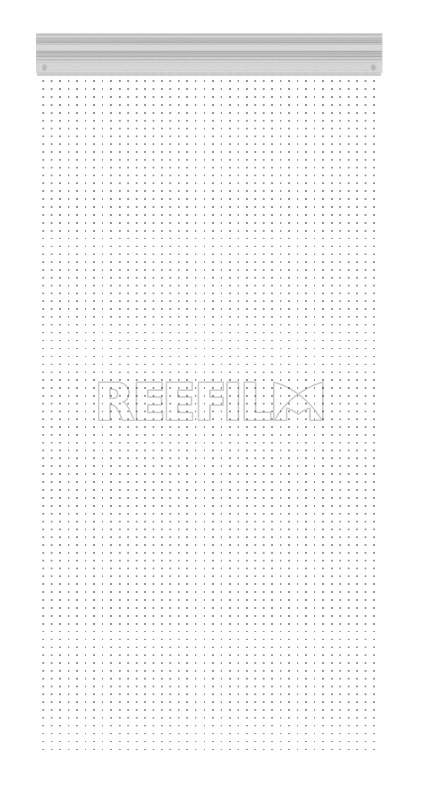
Indoor Led Screens have become increasingly popular in various indoor environments due to their versatility and visual appeal. However, whether they are suitable for all types of indoor environments depends on several factors. Let's explore some of the key considerations:
Lighting conditions: LED screens perform best in controlled lighting environments. High ambient light levels can cause glare and reduce visibility, making it difficult to read or view the content on the screen. Therefore, it's important to assess the lighting conditions of the indoor space before determining the suitability of an LED screen.
Viewing distance: The pixel pitch of an LED screen determines the optimal viewing distance. Smaller pixel pitches provide higher resolution but are best suited for shorter viewing distances. Larger pixel pitches offer lower resolution but are suitable for longer viewing distances. Consider the viewing distance in the indoor environment to ensure that the LED screen's pixel pitch matches the requirements.
Content and purpose: Different indoor environments have diverse content and purposes. Indoor Led Display are commonly used in retail stores, airports, stadiums, corporate settings, and more. Each of these settings has unique requirements for displaying content effectively. For example, a higher pixel density may be necessary for detailed product displays in a retail environment, while a lower pixel density may suffice for general information dissemination in a corporate setting.
Size and installation: Indoor Led Display Screen are available in various sizes, ranging from small panels to large-scale video walls. Consider the available space and installation requirements in the indoor environment. Ensure that the chosen LED screen size and configuration can be seamlessly integrated into the space without obstructing any important elements or compromising the overall aesthetics.
Maintenance and lifespan: LED screens require regular maintenance to ensure optimal performance and longevity. Consider the accessibility of the installation area for maintenance purposes. Additionally, it's essential to select high-quality LED screens from reputable manufacturers to ensure a longer lifespan and reliability.
Budget: LED screens vary in terms of cost, and the budget available for the indoor environment will influence the options available. Consider the desired features, quality, and durability while aligning them with the allocated budget.
By carefully considering these factors, it is possible to determine whether an indoor LED screen is suitable for a specific indoor environment. Conducting thorough research, consulting with experts, and understanding the specific requirements of the environment will help in making an informed decision about the suitability of indoor LED screens.